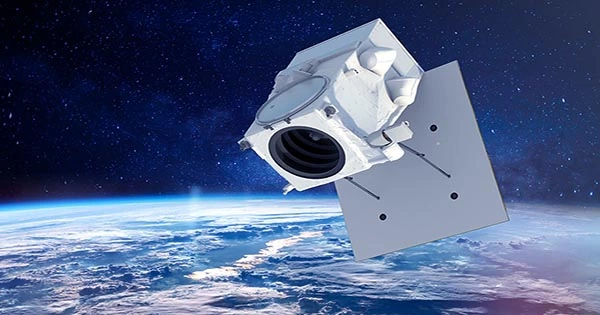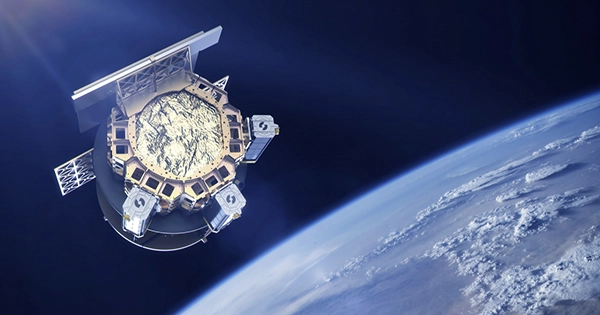The final astronauts departed the moon 50 years ago. This break has been viewed by many as a terrible mistake. A popular television show called For All Mankind, which is currently in its fourth season, envisions a parallel universe in which the United States, the Soviet Union, and even North Korea battled to land first on the moon and later on Mars. The show makes it plain that it thinks such a world would have been awesome, even when political disputes had to be handled with small-arms fire, much like the mythologized triumph of the West.
I was raised on space operas in vintage pulp publications, long before Star Trek. But the Artemis mission, which recently launched a spacecraft to orbit the moon before a future crew lays foot on it, has me less than enthused. It is simply another stage of the imperial project, which has ruled history for 500 years and is now in danger of collapsing due to a climate disaster.

Let’s think about the difficulty of sending people into space for any amount of time. We require a lot of upkeep. We require just the right amount of heat, plenty of oxygen, water, and food, as well as waste containment and a number of other exacting specifications. Without gravity, our bones deteriorate and our muscles begin to atrophy. We are much more likely to die from radiation exposure in space than from gunshot wounds.
In a crewed satellite like the International Space Station, which receives regular delivery of fresh food, humans can be kept alive, more or less. Those items would be the most expensive food in the solar system on the moon or in a spacecraft headed for Mars. Unmanned supply rockets could be launched to a base on the moon or Mars, but one crash could end the expedition.
Since the last American departed the moon in 1972, take a look at what robot spacecraft have accomplished. On Mars, rovers have been dropped off; some of them have endured for years. They have taken pictures of Jupiter up close, traveled through Saturn’s rings, and sent pictures of Titan, a moon of Saturn. Edwin Hubble and James Webb space telescopes have traveled farther into space than Captain Kirk and returned with images of a universe that is more expansive and stunning than we could have ever dreamed.
It took the New Horizons spacecraft nine years to get to Pluto, which it then sent us amazing pictures of. It cost $780 million and continues to relay data back at a cost of $14 million each year as it moves to other outer solar system objects.
In contrast, Artemis, which can only travel as far as the moon, is anticipated to cost a another $7.5 billion in 2023, on top of the $9.1 billion already spent. Each crewed mission to the moon is anticipated to cost $4.1 billion.
Space race propaganda: The Apollo lunar landings served as propaganda gimmicks for the United States to outshine and outspend the Soviet Union. The “space race” was hence the name given to it. I very clearly remember the 1960s PR operations that turned a group of test pilots into heroes and their patient spouses into suburban gods. Even though, moon journeys quickly became monotonous.
However, Artemis is not a race against the bad guys in the style of the Cold War. If only we can locate water and other resources on the moon, settlement may turn the moon into a launching pad for Mars and beyond.
A idea that has been percolating in everyone’s mind since the 1940s is implicit in this search: if we blow ourselves up or render the world uninhabitable, we’ll have a tiny remnant of people who can start afresh on Mars or some Jovian moon. Even Stephen Hawking bought into that notion.
The fact that the survivors would have to work nonstop in exchange for meager rations of food, water, and even air is never stated in this scenario. Instead of looking up at the rusted landscapes of Mars or Jupiter hanging in Europa’s pitch-black sky, they would only be able to see the sky on computer displays, where they could console themselves by looking at pictures of Earth as it once was. Under low gravity, their muscles would deteriorate and their bones would become porous, and the survival of their offspring would never be guaranteed.
Even in the face of the climate calamity we’ve brought upon ourselves, we might maintain life on Earth with much more tolerable restrictions.
And if we did, we could have resources left over for more space exploration—not to find some hypothetical Planet B, but rather to keep learning about our solar system and other stars. Artificial intelligences might operate brand-new probes that don’t require food, space suits, or small guns. We could learn more about other worlds and perhaps start to repair the harm we’ve caused by doing so.
We might even create spaceships that are so advanced and durable that they turn into von Neumann machines, capable of landing on a planet or asteroid, building replicas of themselves, and then setting off on new excursions. The only item we can actually import from space at a fair price is information, which each would transmit back. Our successors may be able to perceive other worlds while sitting comfortably at home using our machines’ senses.
And I anticipate that similar experiences on other worlds would make our descendants more appreciative than we have been to be living on our own when they cut the connection and looked about at this scarred but still lovely earth.














